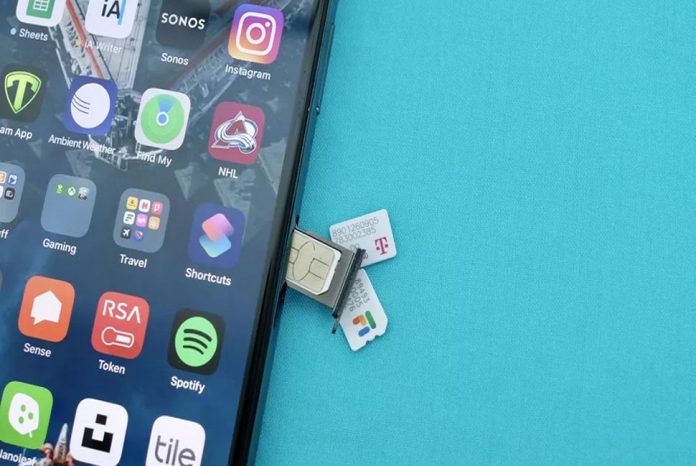For your information, cases of a deadly scam known as the SIM Swapping Scam, in which hackers block your SIM card and steal all of your critical private information and money, have been reported for quite some time. Let’s spread the word about this ruse.
Smartphones have made our lives easier in the modern-day, but they may also be dangerous. The benefits of technological advancement are numerous, but the drawbacks are equally dangerous. We’re talking about the growing number of online scams and frauds. Hackers have devised a variety of methods for duping people and stealing their personal information and money. Today, we’re discussing a potentially deadly SIM Swapping Scam that has resulted in the depletion of many people’s bank accounts. Let us know everything there is to know about this scam, as well as how to prevent it.
This SIM card swindle is really risky.
Let us inform you that the number of examples of this SIM card fraud is rapidly increasing around the world. In this fraud, the users themselves provide the hacker with all of their personal information, such as phone numbers, bank account numbers, and so on. The hacker who perpetrates this fraud is attempting to catch unsuspecting people and obtain their personal information, and the terrible thing is that they are usually successful. Let us know how this scam turns out.
This is how a scam begins.
If you’re curious in what happens in this scam, know that SIM swapping is not the same as SIM swapping. Actually, hackers employ several of these strategies in this fraud, causing your SIM card to be disabled and allowing them to take advantage of it. First and foremost, scammers send you emails or harmful apps and websites that infect your phone with malware or viruses. They obtain the user’s essential banking information as well as your phone number in this manner.
You will get this phone call
After then, the hacker would phone you and pose as an employee of your network provider’s office, interrogating you about your Aadhar card, PAN card, home address, photograph, and other personal information. To make it look real, the hacker also sends you an OTP from your network provider. The fraudster then approaches the network service provider for a new SIM, and because he now has all of the user’s details, he is able to simply obtain one, while the previous SIM is deactivated.
Because he now has control of SMS and OTP, the fraudster can now transact money using your banking details.
Keep yourself protected in this manner.
This fraud is serious and frightening, but we can assure you that it can be prevented. To avoid being a victim of this scam, do not click on any website whose URL you do not recognize. Second, do not read or react to any unfamiliar emails, and do not install any unknown programs on your phone, particularly third-party apps. If you receive a call from someone claiming to be from your network provider, ignore the call and do not reveal any personal information to them.
Also, bear in mind that you should give out your phone numbers with caution, and if your phone suddenly stops working, you should contact your telecom operator right away so that they can investigate. As a result, you will be able to avoid falling victim to this hazardous con.



